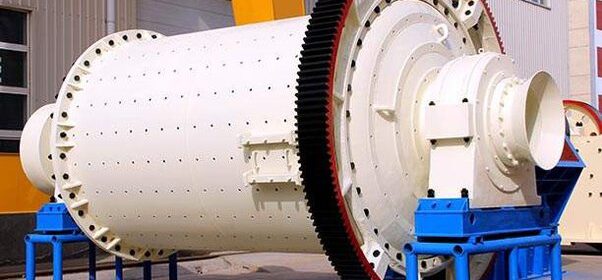Ball milling is a size reduction technique that uses media in a rotating cylindrical chamber to mill materials to a fine powder. As the chamber rotates, the media is lifted up on the rising side and then cascades down from near the top of the chamber.
Wet Ball Milling Vs Dry Ball Milling
In order to compare the wet and dry ball milling methods, several parameters were considered including: operating speed, media size, milling temperature, and duration. Results show that wet ball milling is more efficient than dry ball milling in terms of both time and energy consumption.
Wet Ball Milling
Wet ball milling is a process where materials are soaked in water for an extended period of time. This allows for the particles to be broken down into smaller pieces and results in a more uniform texture. The process of wet ball milling is often used when manufacturing paints, inks, and other pigmented products.
Dry Ball Milling
Dry ball milling is the process of grinding materials into a powder without the addition of any liquid. This means that the material will be ground using only friction and compression, without the addition of any chemicals or other agents.
The main advantage of dry ball milling is that it is much faster and easier to clean up afterwards than wet ball milling. There is no need to worry about adding water or other liquids, and the material can be ground quickly and easily.
However, there are some disadvantages to dry ball milling as well. The main one is that it can be very dusty, and it is also more likely to damage the material being ground than wet ball milling.
Pros and Cons of Wet Ball Milling
Wet ball milling is often preferred by those in industrial settings because it can reduce wear on the equipment as well as eliminate potential contamination of the material being milled. Wet ball milling, however, can cause problems with the process because of the increased risk of corrosion.
Pros and Cons of Dry Ball Milling
There are a few pros and cons to dry ball milling. The main advantage of dry ball milling is that it is faster and easier to set up than wet ball milling. Dry ball milling also uses less energy than wet ball milling, which can lead to reduced operating costs. However, there are a few disadvantages to dry ball milling as well. One downside is that dry ball milling can create more dust than wet ball milling. Additionally, dry ball milling can lead to a slightly lower quality final product.
Which is better?
Wet ball milling or dry ball milling, which is better? The answer lies in the application of the process and the results that are achieved.
Wet ball milling is typically used in situations where precise shape and size control are not required. It produces a finer product than dry ball milling, but at a lower cost per unit of product. Wet ball milling also produces a lower temperature product than dry ball milling, making it ideal for heat-sensitive applications.
Dry ball milling is typically used in situations where the final product needs to be of a high degree of purity and/or uniformity. It produces a higher quality product than wet ball milling, but at a higher cost per unit of product.
Conclusion
Overall, wet ball milling is the better option for powdering materials. It produces smaller particles, is more efficient, and generates less heat than dry ball milling. Additionally, it is more versatile and can be used for a wider range of materials.
